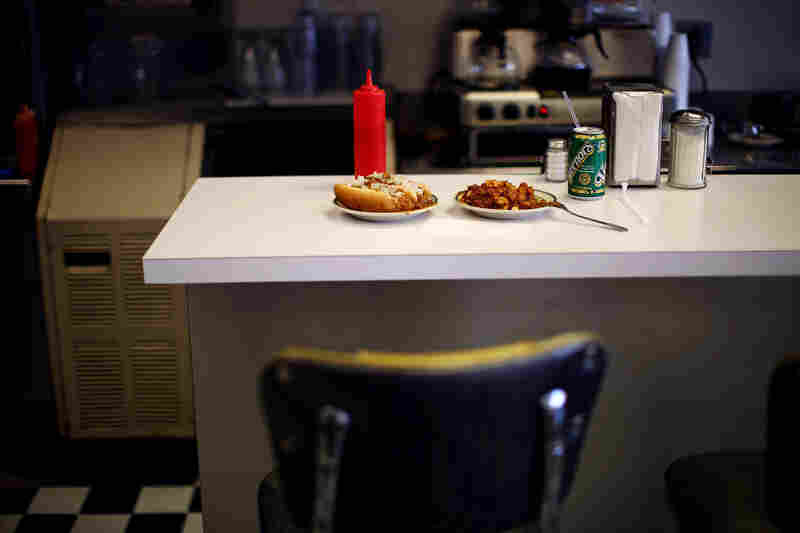The Detroit Guide
Detroit is not unfamiliar with change and reinvention, and yet for all its complexity, the Motor City is often primarily thought of as the land of automobiles. While this is undeniably a piece of Detroit’s fascinating narrative, the city has a great deal more to offer, particularly in the creative arts, which have long played a prominent role in Detroit’s past (from original urban murals to an iconic record label), and in continuing to shape the ever-changing city today.
Museums like MOCAD share the work of brilliant Detroit artists with natives and visitors alike, while also making the case that Detroit is a destination for a diverse, international range of art. Throughout the city, there are extraordinary examples of storied architecture. In rare record shops, music from earlier decades lives on, while contemporary indie bands play in a mix of new venues and old (outrageously awesome) dive bars.
Neighborhoods like Midtown (museum district, home to DIA and a transformed retail experience), Downtown (encompasses all of the city’s major stages from economic to operatic and athletic), and Corktown (a hipster dream) have seen waves of new chefs and restaurants come onto the scene.
Several new boutique hotels are promised to debut in the next year or two. So, while what in part makes Detroit cool is that it doesn’t have all the familiar amenities and trends of frequently touristed cities, it is undeniably a city of reinvention, and we expect this guide to evolve with it.
Click HERE For The Full Article!




















